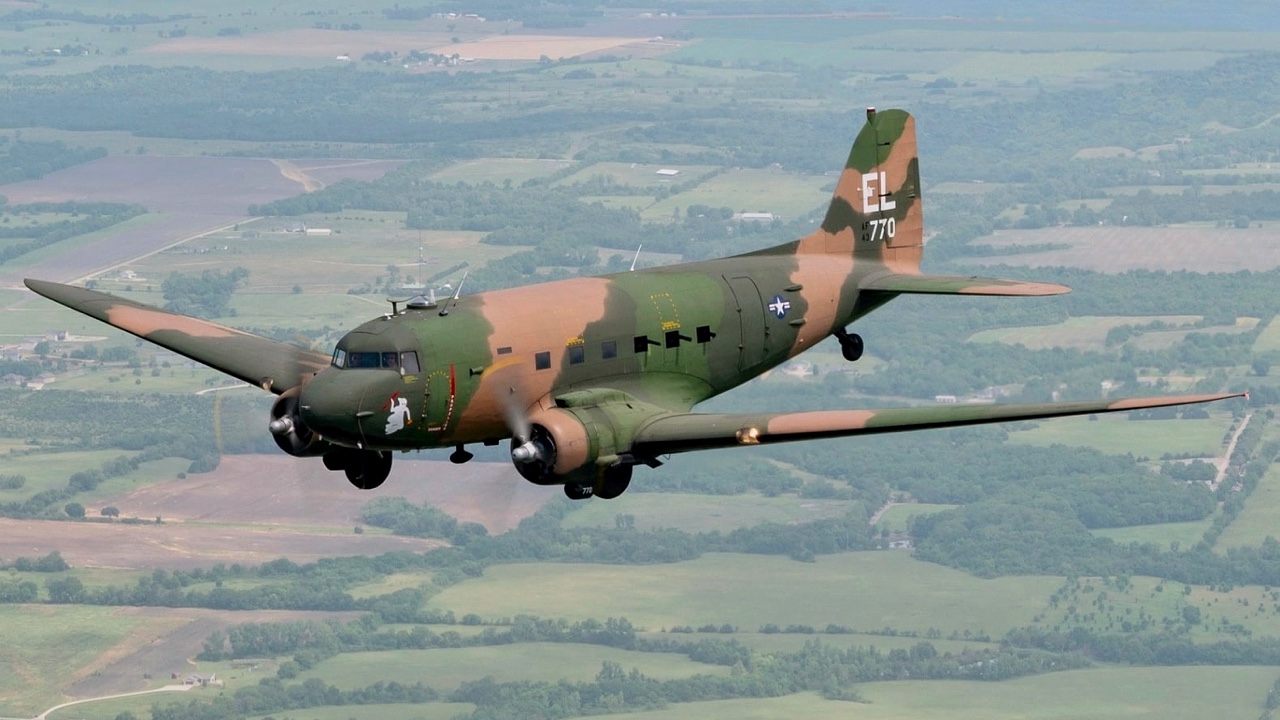
Imagine camping in the dead of night, everything quiet—maybe too quiet. Now swap that peaceful campsite for a tense outpost in Vietnam, 1960s, and instead of stars, the sky lights up with streams of firepower. That’s “Puff the Magic Dragon” in action—a cargo plane turned lifesaver, swooping in to defend troops with unmatched firepower. This wasn’t just a plane; it was a game-changer that rewrote the rules of aerial combat.
The AC-47: From Cargo Plane to Combat Icon
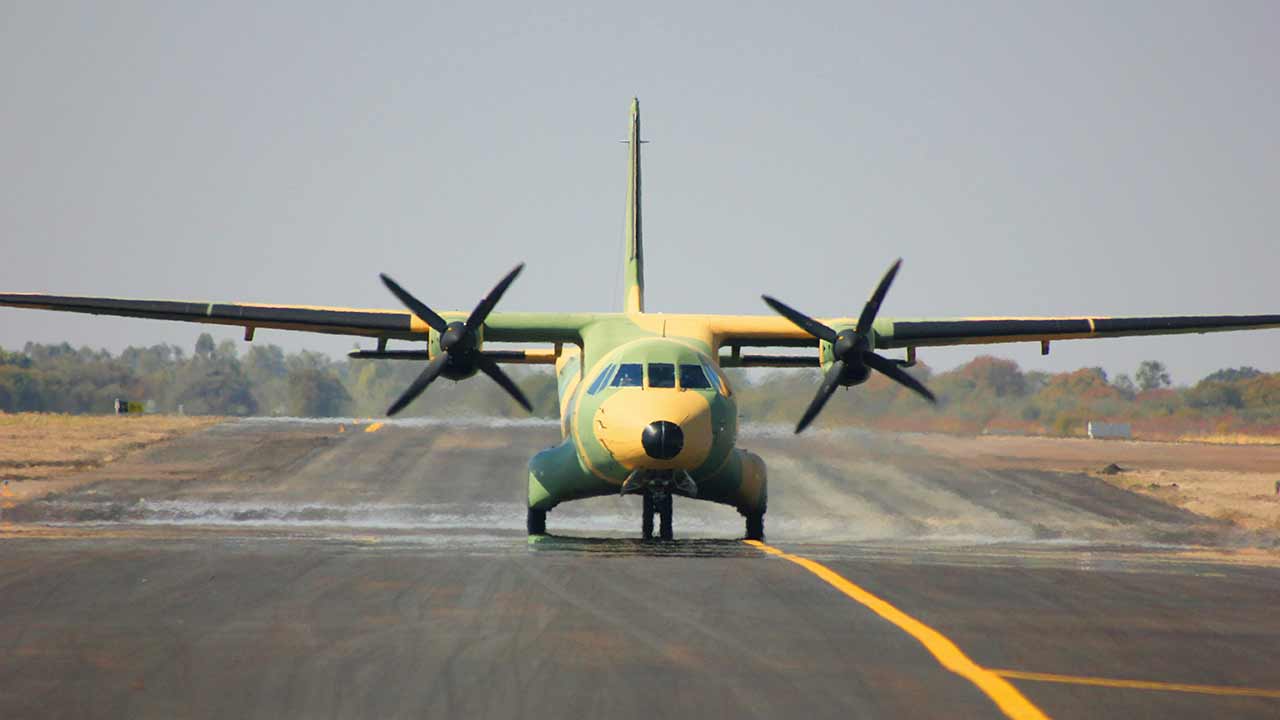
In the darkness over Vietnam, the AC-47 “Spooky” carved its place in history. Originally a WWII-era cargo plane, it was transformed into a fearsome gunship known as “Puff the Magic Dragon.” With its side-mounted guns blazing, it became a lifeline for troops on the ground, holding the line at more than 4,000 outposts without losing a single one. This was not just a plane—it was a symbol of ingenuity and firepower that reshaped aerial combat forever. (Source: Smithsonian Magazine)
The sheer volume of fire it unleashed was unmatched, creating a dazzling and deadly spectacle that gave it its nickname. For those on the ground, hearing “Puff” in the skies meant salvation. It wasn’t just about the weapons; it was the reliability and innovation behind this flying fortress that made it legendary.
How a Cargo Plane Became a Deadly Weapon
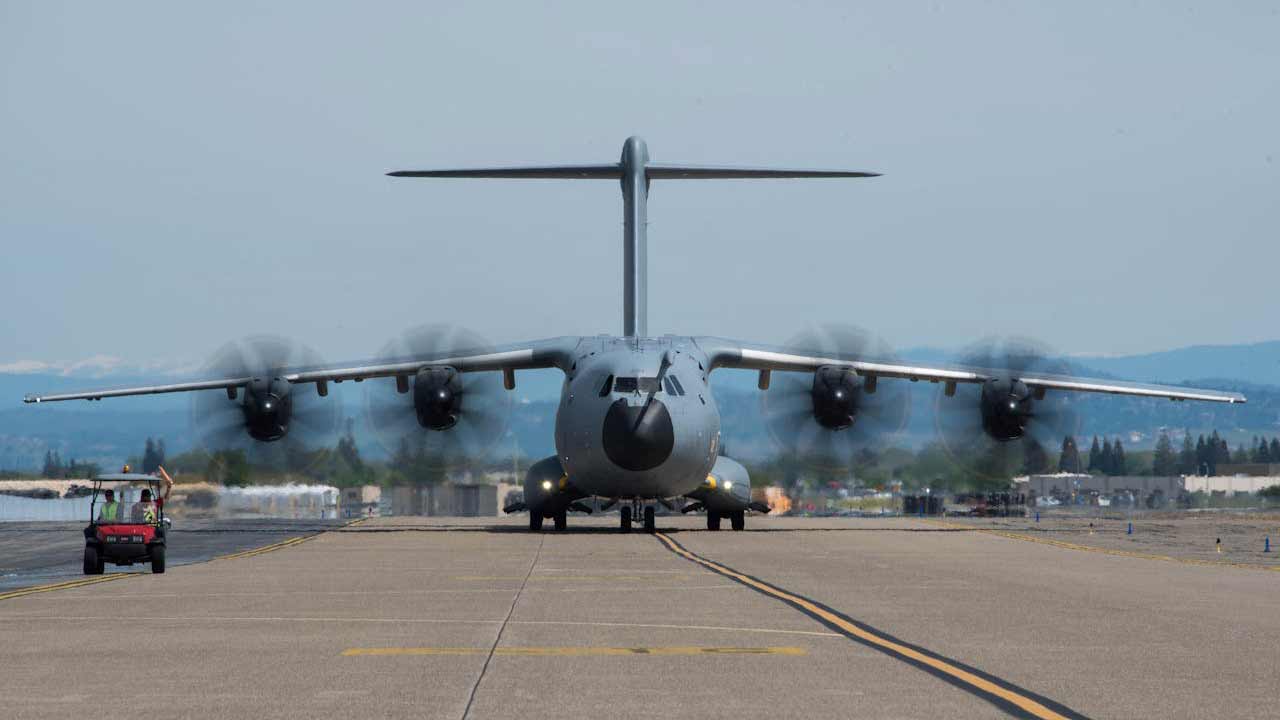
The story of the AC-47 starts in 1964 with Project “Tailchaser.” Led by Captain John Simons, the team aimed to see if a plane could track ground targets while flying in a steady banking turn. Using an old C-131B cargo plane, they experimented with this new approach, setting the stage for something groundbreaking.
Captain Ron Terry, determined to push the project forward, personally funded parts of the experiment. His bold move to mount a GAU-2A Gatling gun on the left side of the aircraft proved to be a game-changer. The results were so promising that the more common C-47 transport plane was chosen for full-scale conversion. This resourceful decision laid the groundwork for the AC-47’s legacy as a lifesaving powerhouse in Vietnam. (Source: The Armory Life)
The Firepower That Made “Puff” Unstoppable
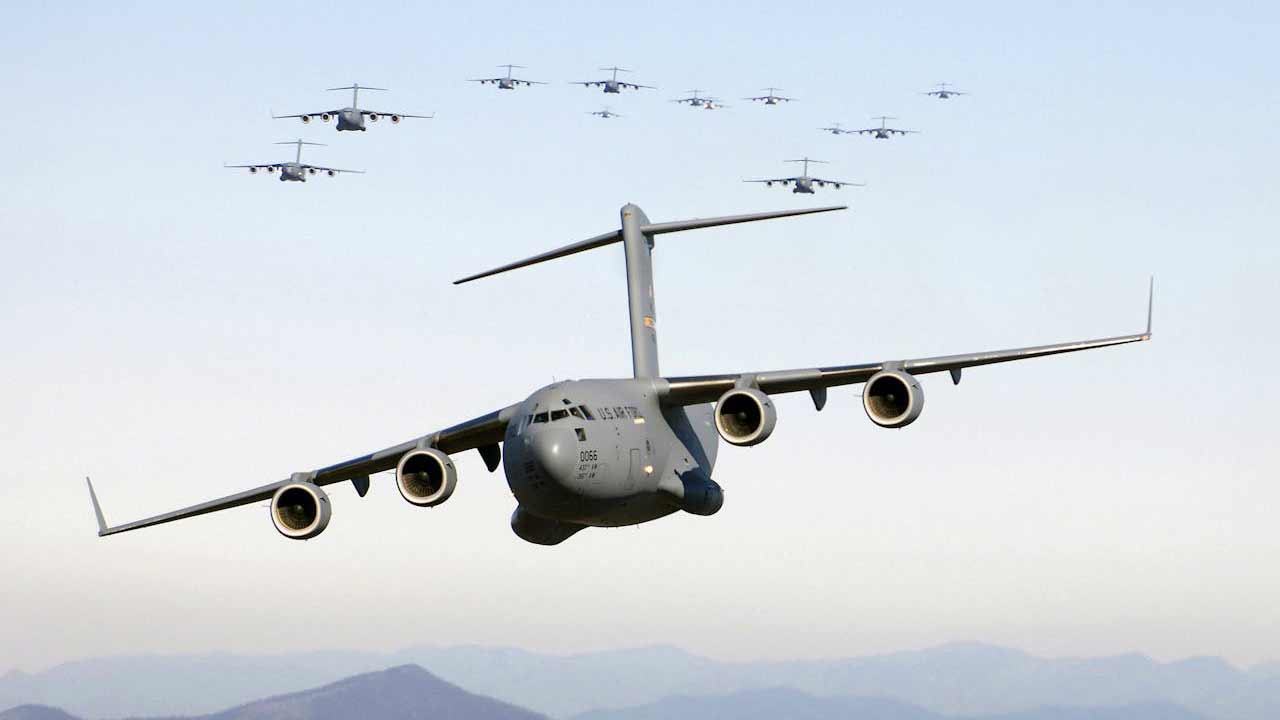
The AC-47 wasn’t just a plane; it was a mobile fortress armed to the teeth. Equipped with three six-barrel 7.62mm miniguns, each capable of firing an astonishing 6,000 rounds per minute, it could turn an area the size of a football field into a storm of bullets in less than ten seconds. This firepower wasn’t just impressive—it was life-saving for the troops it supported on the ground. (Source: Warfare History Network)
The aircraft’s signature move, the pylon turn, allowed it to circle a target and maintain a constant stream of fire. This maneuver turned the AC-47 into a relentless guardian from above, cementing its reputation as a game-changer in combat.
Dominating the Night Sky

The AC-47 truly came alive after sunset. It was at its best when defending outposts and villages under the cover of darkness. By dropping flares to illuminate the battlefield, it gave ground troops the upper hand. The pilot’s banking turns ensured the gunners had perfect angles to rain down their devastating firepower, even in pitch-black conditions.
The effect wasn’t just physical; it was psychological. The relentless sound of miniguns combined with the eerie glow of flares often left enemy forces panicked and retreating. “Puff” wasn’t just feared for its firepower—it was a symbol of safety for those it protected and a nightmare for anyone on the receiving end.
Unmatched Combat Achievements
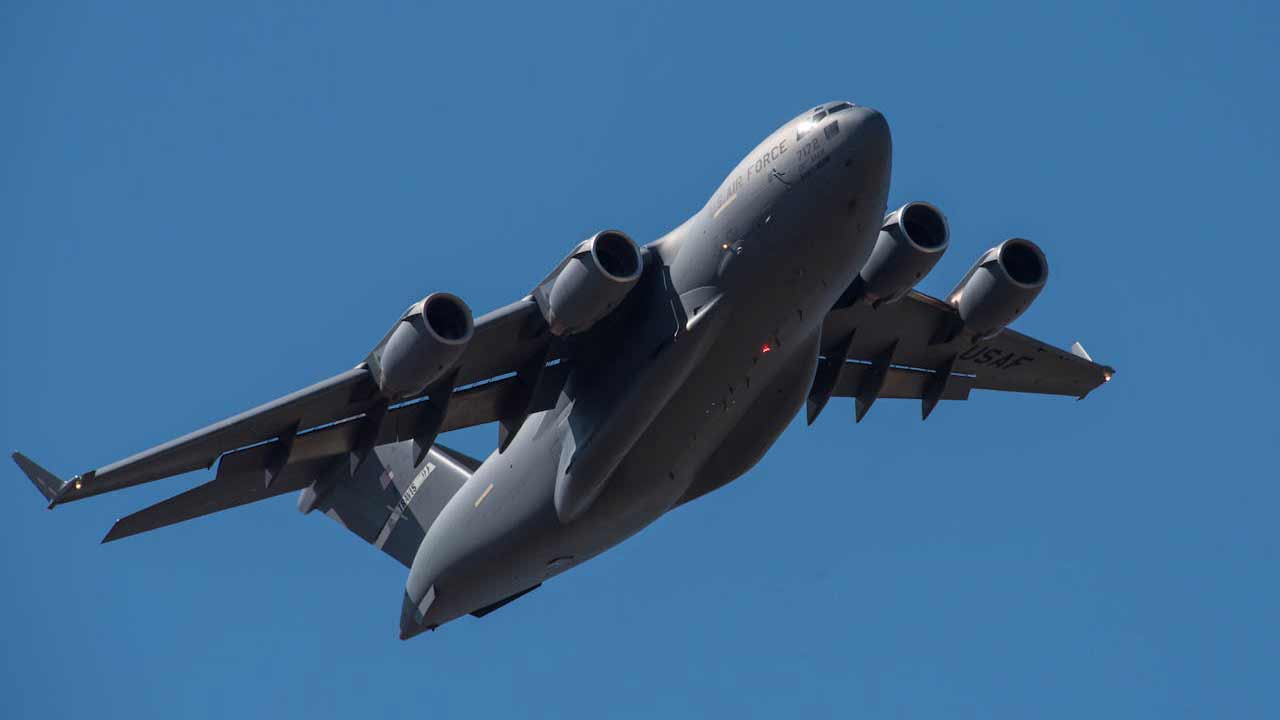
The AC-47’s track record is a testament to its game-changing effectiveness. From 1964 to 1969, these gunships defended over 4,000 outposts and villages, with not a single position falling under their watch. That level of reliability wasn’t just impressive—it was unprecedented in aerial combat.
In its first 11 days of action, the AC-47 unleashed nearly 180,000 rounds, showcasing its rapid-fire capabilities. One standout mission on February 8, 1965, saw a single AC-47 hold its position for more than four hours, firing over 20,000 rounds to repel an intense enemy attack. That kind of endurance and firepower solidified its place in history.
The Gunship That Changed Warfare Forever

The AC-47’s legacy didn’t stop when the Vietnam War ended. Its side-firing weapon system set a new standard for close air support, paving the way for advanced successors like the AC-119 and the still-in-service AC-130. These modern gunships have taken the AC-47’s concept and built on it with cutting-edge technologies like night vision, advanced fire control, and more lethal weaponry.
What makes the AC-47 so remarkable is its simplicity. By turning a humble transport plane into a devastating gunship, it proved that innovation doesn’t always require complexity. It saved lives, changed tactics, and opened the door for a new class of military aircraft, leaving an indelible mark on military aviation.